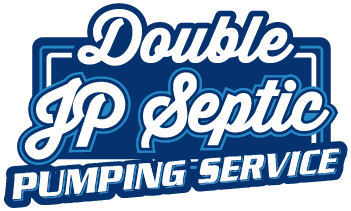
Septic Cleaning
In the septic tank industry, the words “cleaning” and “pumping” are commonly used interchangeably. They mean slightly different things and luckily, we do both! Septic cleanings involve a more in-depth process and act as a “reset” for your system by removing everything inside. We’re your go-to experts for all your septic tank needs in Austin, Round Rock, Rockdale, Rosanky, Lockhart, and everywhere in between. Our certified professionals will take care of every step, so you have nothing to worry about!
Cleaning Versus Pumping — What’s the Difference?
There isn’t much difference between cleaning and pumping, that’s part of the reason they’re so interchangeable. Essentially, septic cleaning is a septic pumping service that adds extra steps at the end. Both processes involve removing any floating solids and lowering the water level to help clear any potential blockages. That’s where septic pumping stops.
Septic cleaning continues by draining all the water from the tank, rinsing the walls, and removing the layer of sludge at the bottom of the tank. Your septic tank is teeming with beneficial bacteria that breaks down any solid waste in the tank, producing a small amount of solids in the process that sink to the bottom of the tank. The sludge in your tank is all that remains of everything sent down your drains and can build up over time and increase the likelihood of septic backups into your home.
Emergency Tank Pumping
If septic maintenance is neglected or a sudden and severe clog develops, sewage from your septic tank may back up into your home through your sinks, showers, or toilets. Aside from looking and smelling terrible, sewage backup poses a serious health risk to anyone on the property. If you encounter this problem, don’t hesitate to call us! The expert technicians at Double JP Septic are ready 24/7 to provide the prompt, professional help you need to get your drains running properly again.
When Should I Get My Septic Tank Cleaned?
While we recommend annual septic pumps, more thorough septic cleanings can be scheduled every three years. This will keep the sludge level at the bottom of your tank at a manageable level, prevent serious blockages, and keep your entire septic system running like new. However, this also depends on the size and type of your septic tank, as well as the number of people using it. If your tank is small, or serves a large business or household, more frequent cleanings may be beneficial. Also, aerobic septic systems require more frequent maintenance than traditional tanks. Slow drains and sewage smells from your drains or yard can be a sign you need septic maintenance soon.
Our Process
Step 1: Inspection
At the beginning of each appointment, our licensed professionals will thoroughly inspect your septic tank to ensure a safe cleaning process for our team, as well as identify any septic repair needs.
Step 2: Liquid and Sludge Removal
We begin by pumping the liquid and any floating solids out of the tank with a long, vacuum-like hose. Next, we move on to the sludge. Our end goal of this process is to “reset” the interior of your tank, so we often use hydro-jetting using a high-pressure nozzle to fully break up the compacted sludge on the bottom of your septic tank and spray down the walls and ceiling.
Step 3: Leach Field Lines and Filters Cleaned
The drain or leach field connects to your septic system to siphon clean water from the tank to keep the water level under control. However, clogs in these lines prevent proper drainage and result in system backups.
Choose Double JP Septic
For all your septic needs, give us a call. As the Elgin area’s septic experts for over 10 years, we’re proud to provide exceptional customer service and affordable prices. In addition to septic tank cleanings and pumping, we also offer complete septic system inspections, as well as maintenance and repairs for lift stations and leach fields.
Cleaning your septic tank is no small job — rely on the dependable experts at Double JP Septic whenever you need a septic tank cleaning service.
